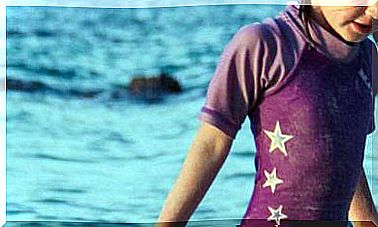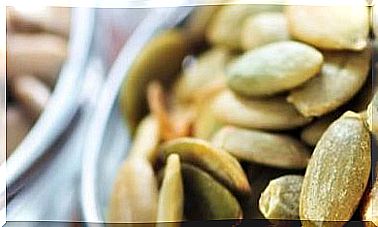Nylon Tea Bags Fill The Plastic Infusion
Billions of plastic micro and nanoparticles float in a teacup made from a PET or nylon sachet.

Some tea brands choose to present their most exquisite and expensive varieties in silky-looking plastic bags. Bad idea, because these bags fill the tea with billions of microscopic plastic particles, according to a study conducted at McGill University (Canada).
We knew that microplastics were a huge problem for marine life. We were also aware that they were found in sea salt and bottled water. A few days ago, we learned that an average of 20 metabolites from plastic ingestion are found in the urine of any person . And now they inform us that by drinking an infusion in a nylon or PET (polyethylene terephthalate) sachet we are ingesting millions of plastic particles.
The discovery has been made by the team of chemical engineering professor Nathalie Tufenkji, who decided to analyze whether the nylon sachets gave off particles after they were served one in a cafe in Montreal. He asked one of his students, Laura Hernandez, to buy a few brands. Then they made the infusions and checked if they released particles.
12 mcg of plastic in a cup of tea
The researchers certainly thought they were going to discover plastics, but the results surprised them. “We were in shock when we saw billions of particles in a single cup of tea,” said Tufenkji. Specifically, almost 12 billion microparticles and three billion nanoparticles in a cup of tea, totaling 12 mcg in weight.
This is much more than what has been found in other food contaminated with plastic. For example, in sea salt 0.5 mcg is found for every 100 g.
Scientists around the world are investigating what the effects of plastic accumulation on the human body may be. Plastics are known to contain additives that can act as endocrine disruptors, substances that have been linked to fertility problems, obesity, and even cancer.
Microplastics can cause unpredictable damage
Plastic microparticles and nanoparticles are of particular concern. According to a report by the World Health Organization, these tiny particles can seep through body tissues and cause unpredictable damage.
Tufenkji has started investigating the effects of microplastics on water fleas and has found that they change their behavior and suffer developmental malformations.









